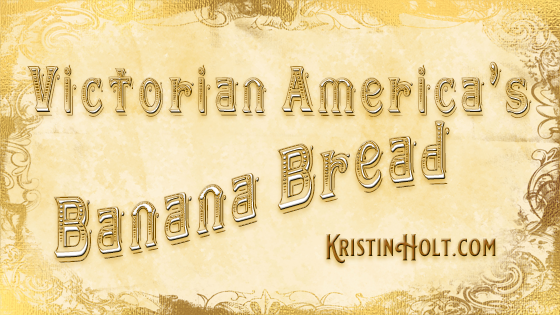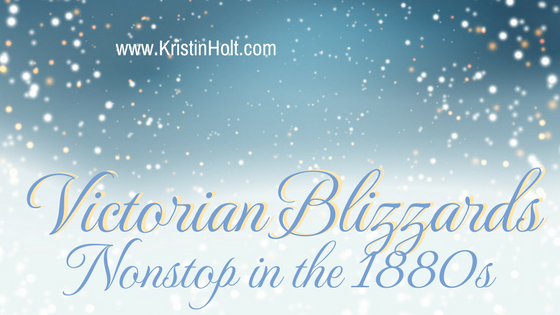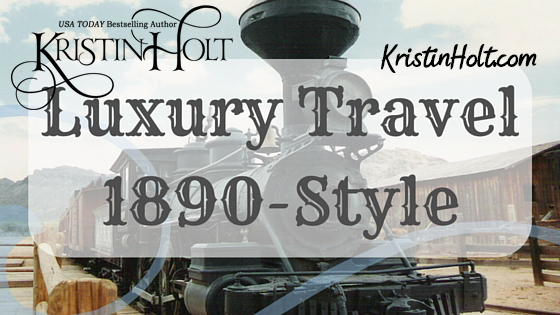
by Kristin Holt | Feb 23, 2019 | Articles
Today, February 23, is National Banana Bread Day. While banana bread (as we now know it) became a staple among home bakers in the 1930s, banana bread had its start in the late Victorian era where “banana flour” came to the United States from the tropics. Vintage newspaper advertisements show the beginnings of banana bread available in bakeries and homemakers’ awareness of quality nutrition to be found in the imported fruit and “flour.” With or without nuts, banana bread is a hallmark of American quick breads… and our nineteenth century ancestors, complete with baking powder and a wealth of cake-baking knowledge, were prepared for the post-Great Depression’s urge to “use it up.”

by Kristin Holt | Mar 11, 2017 | Articles
The decade of the 1880s proved among the most disastrous, desperate, life-threatening (and life-taking)–as winter in North America was at an extreme, the whole decade long. Climatologists have theories we understand today, but were unknown to our Victorian American ancestors. If you read a fictional book set in the 1880s, that touches on a mild winter, be surprised. Today, March 11th, is the anniversary of “the big one”.

by Kristin Holt | Jan 9, 2017 | Articles
Pleasance. That’s an unusual name for a heroine… even for a story set in 1879. Where did it come from? Did you make it up?

by Kristin Holt | Apr 15, 2016 | Articles
In my recent post about The Proper (and safe) Way to Terminate a Victorian American Courtship because we all know the threat of a suit of Breach of Promise was too great, a quote by the Reverend George W. Hudson in his 1883 book sounded rather scandalous. The good reverend actually said “making love”–and he didn’t mean in a sexual way. It’s essential to note that the term had a very different meaning in the 19th Century and early 20th Century than it does now.

by Kristin Holt | Jan 9, 2016 | Articles
“In the late 19th century Gilded Age, wealthy individuals had finely appointed private cars custom-built to their specifications. Additionally many cars built by Pullman, Budd, and other companies that were originally used in common carrier service as passenger cars were later converted to business and private cars. There are various configurations, but the cars generally have an observation platform, a full kitchen, dining room, state room, an observation room, and often servant’s quarters.”













